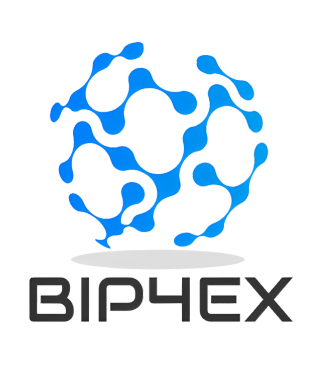Read‐across is a method used in chemical risk assessment to predict the toxicological properties of a target substance by using data from structurally and mechanistically similar substances, known as source substances. EFSA’s Scientific Committee has developed an approach for using read‐across in food and feed risk assessment. This method provides a step‐by‐step guide to applying read‐across as part of a weight‐of‐evidence evaluation for individual substances. It includes an explanation of the key aspects to consider at each step of the read‐across workflow, i.e. problem formulation, target substance characterisation, source substance identification, source substance evaluation, data gap filling, uncertainty assessment, conclusion and reporting. It highlights the importance of clarity, impartiality and quality to derive transparent and reliable read‐across conclusions. A particular emphasis is placed on the analysis of uncertainty and whether the overall uncertainty can be lowered to tolerable levels by using standardised approaches, and/or additional data from new approach methodologies (NAMs). The guidance outlines methods to integrate data from NAMs to support read‐across in the relevant steps, improving the robustness of the assessment. The ultimate goal is to equip risk assessors and applicants with a comprehensive framework to carry out read‐across assessments systematically and transparently, thereby supporting the safety evaluation of chemicals in the food and feed chain.
This publication is linked to the technical report «Public consultation on the draft guidance on the use of read‐across for chemical safety assessment in food and feed»: https://onlinelibrary.wiley.com/doi/10.2903/sp.efsa.2025.EN-9569
This publication is linked to the event report «Workshop on read‐across: role and guidance in chemical risk assessment»: https://onlinelibrary.wiley.com/doi/10.2903/sp.efsa.2025.EN-9521
This publication is linked to the external scientific report «Read‐Across Application for Food or Feed Ingredients»: https://onlinelibrary.wiley.com/doi/10.2903/sp.efsa.2024.EN-8811
